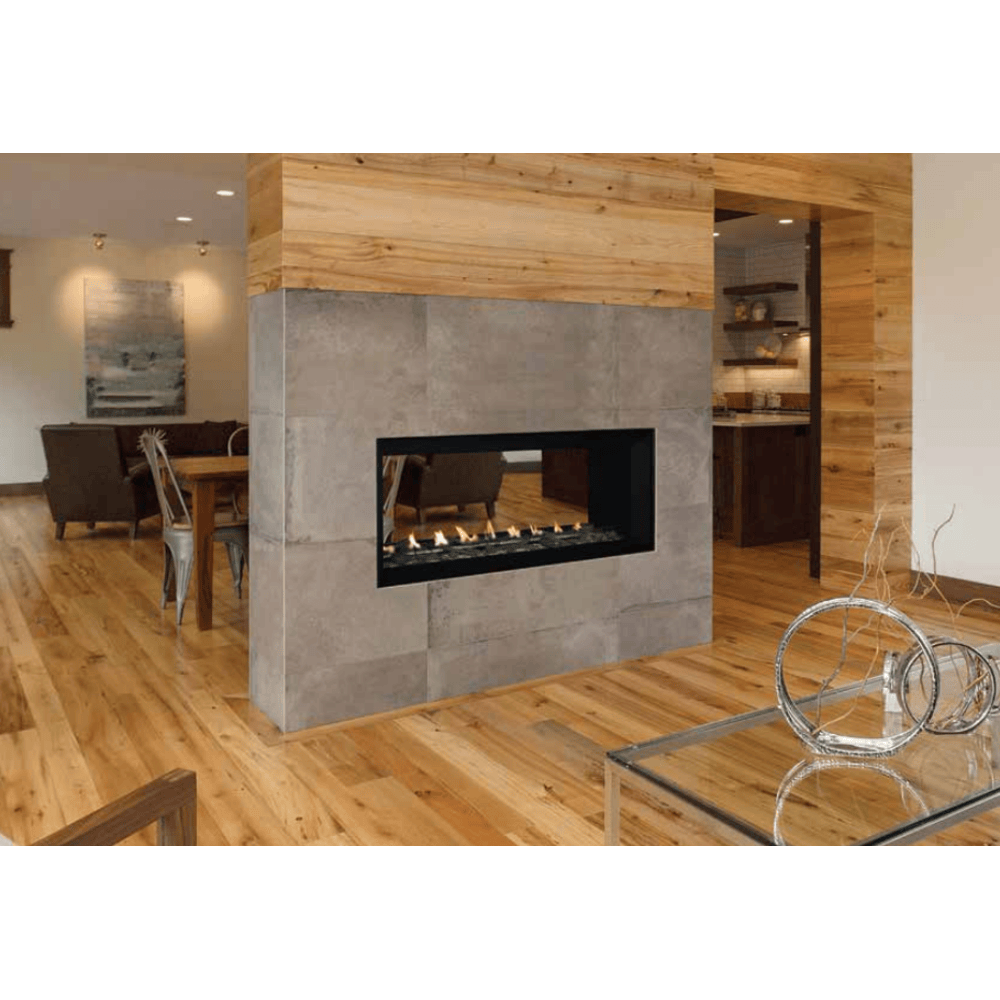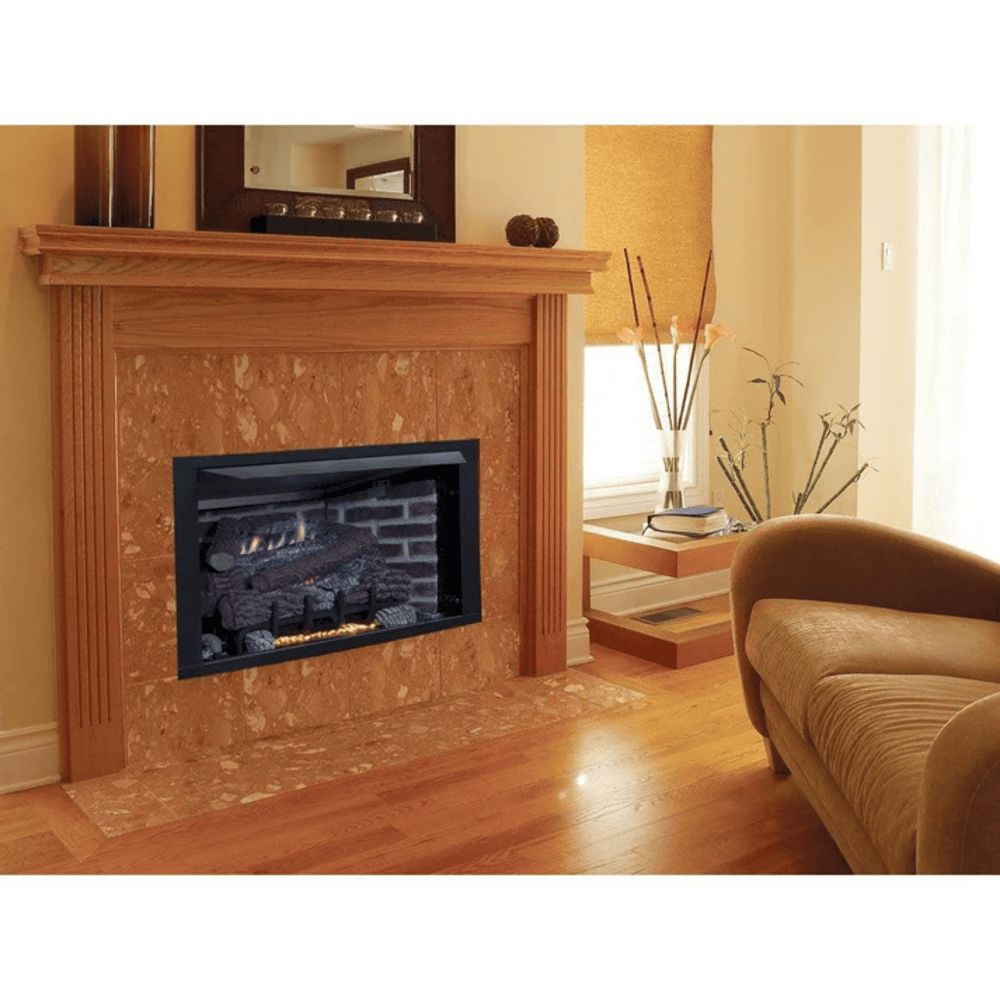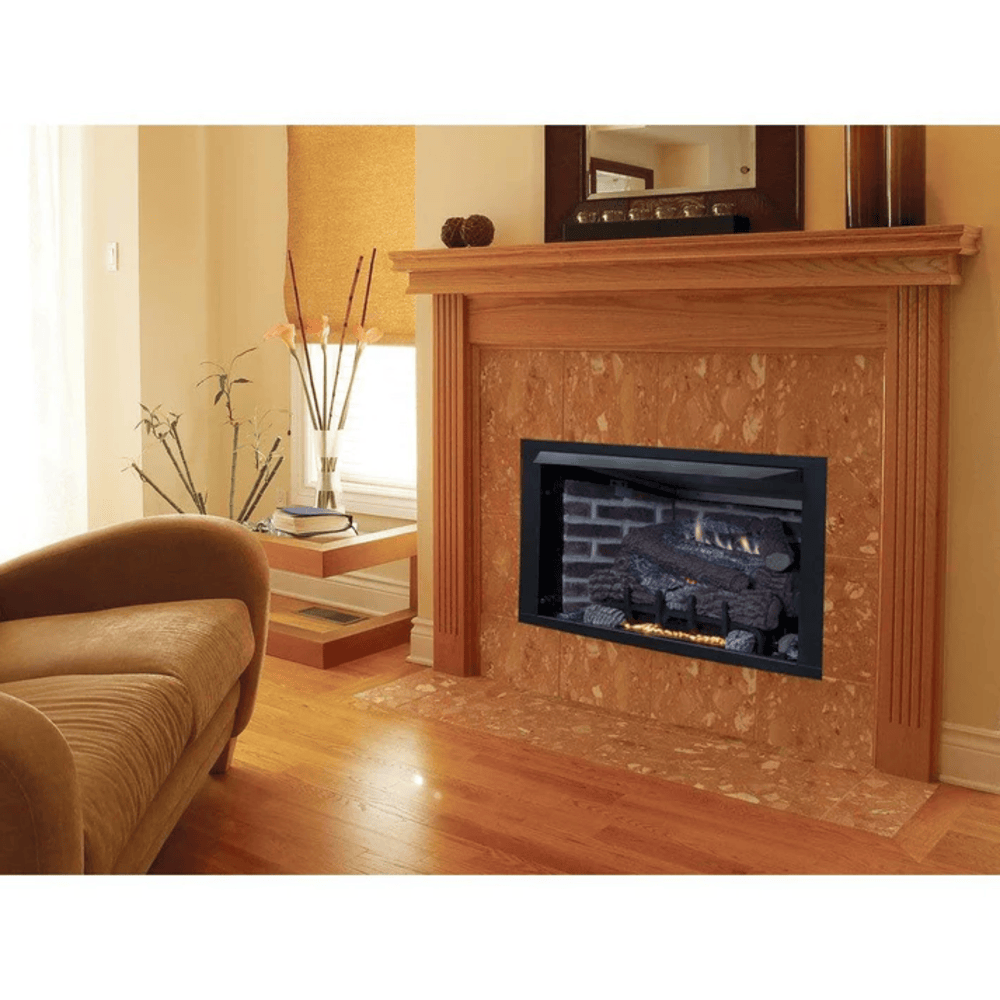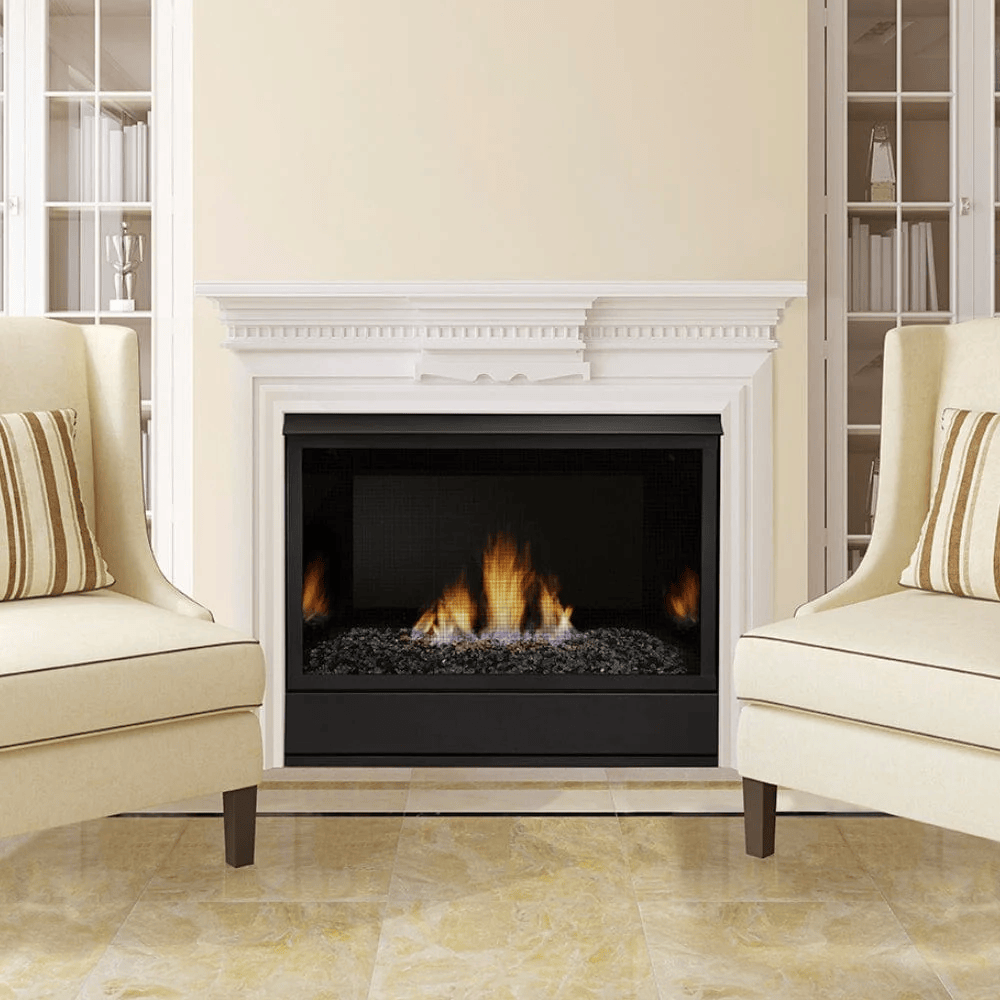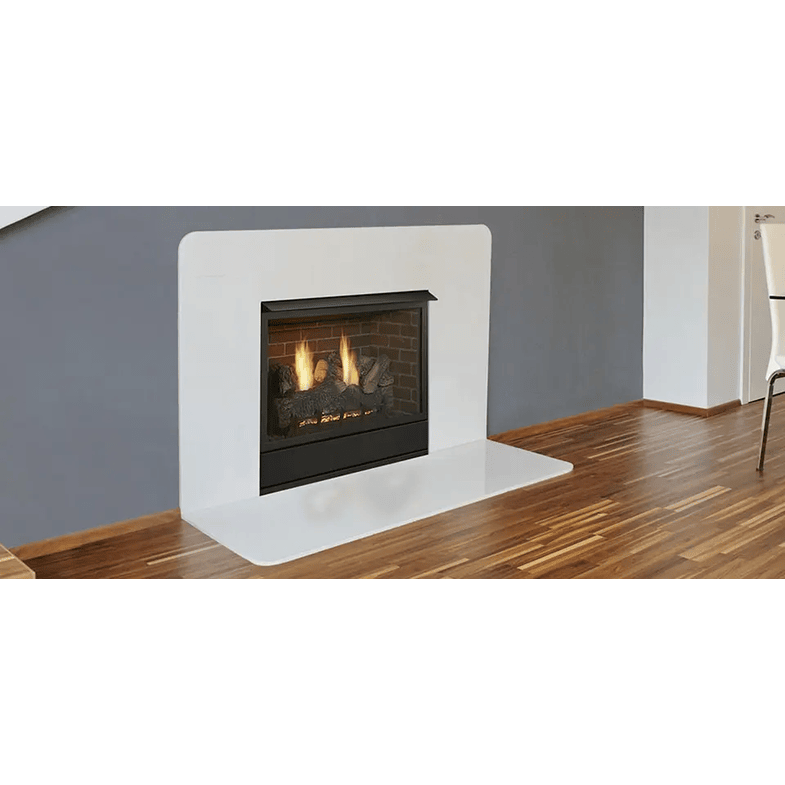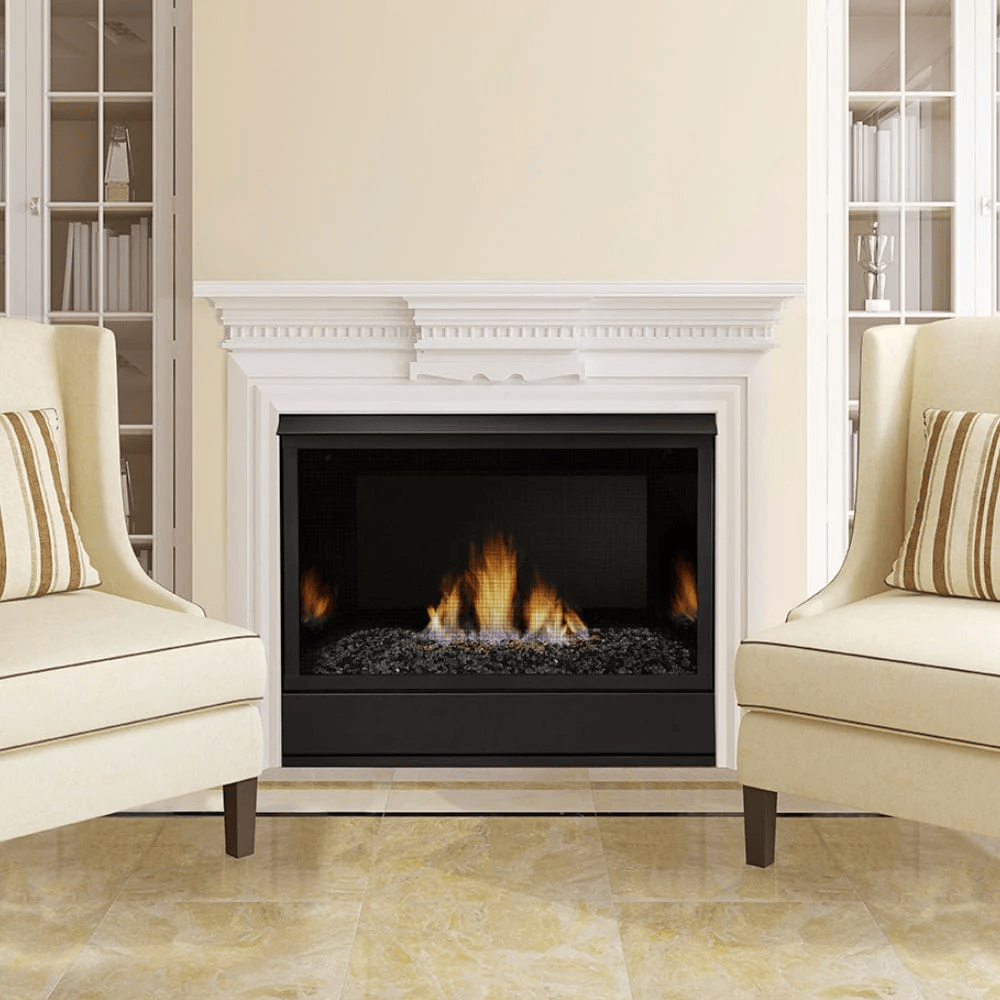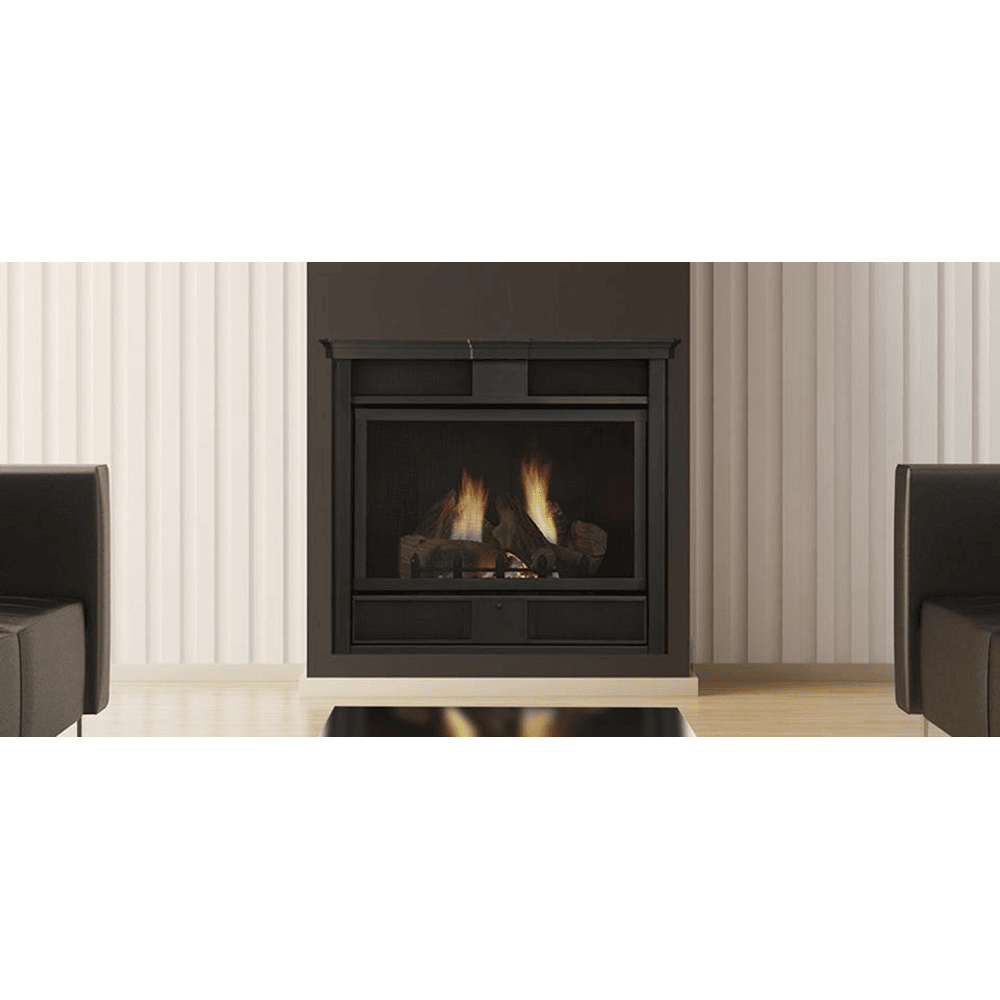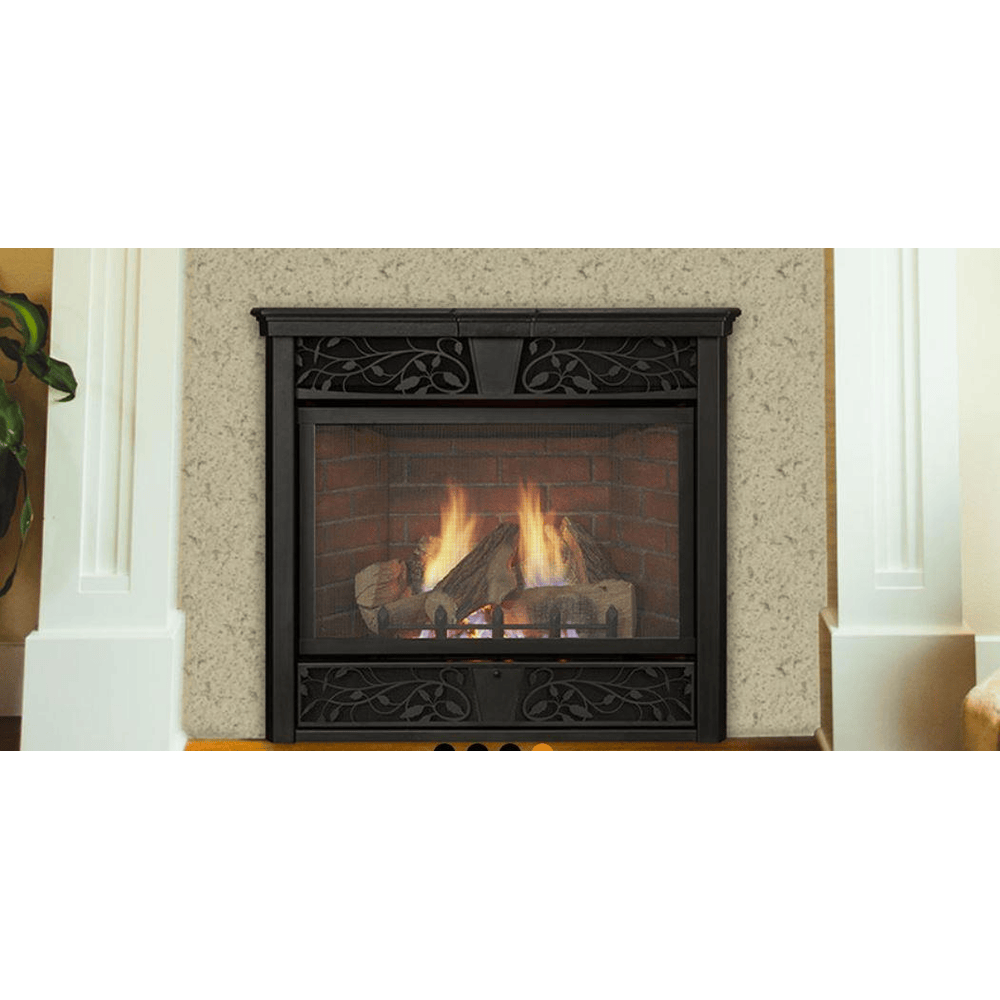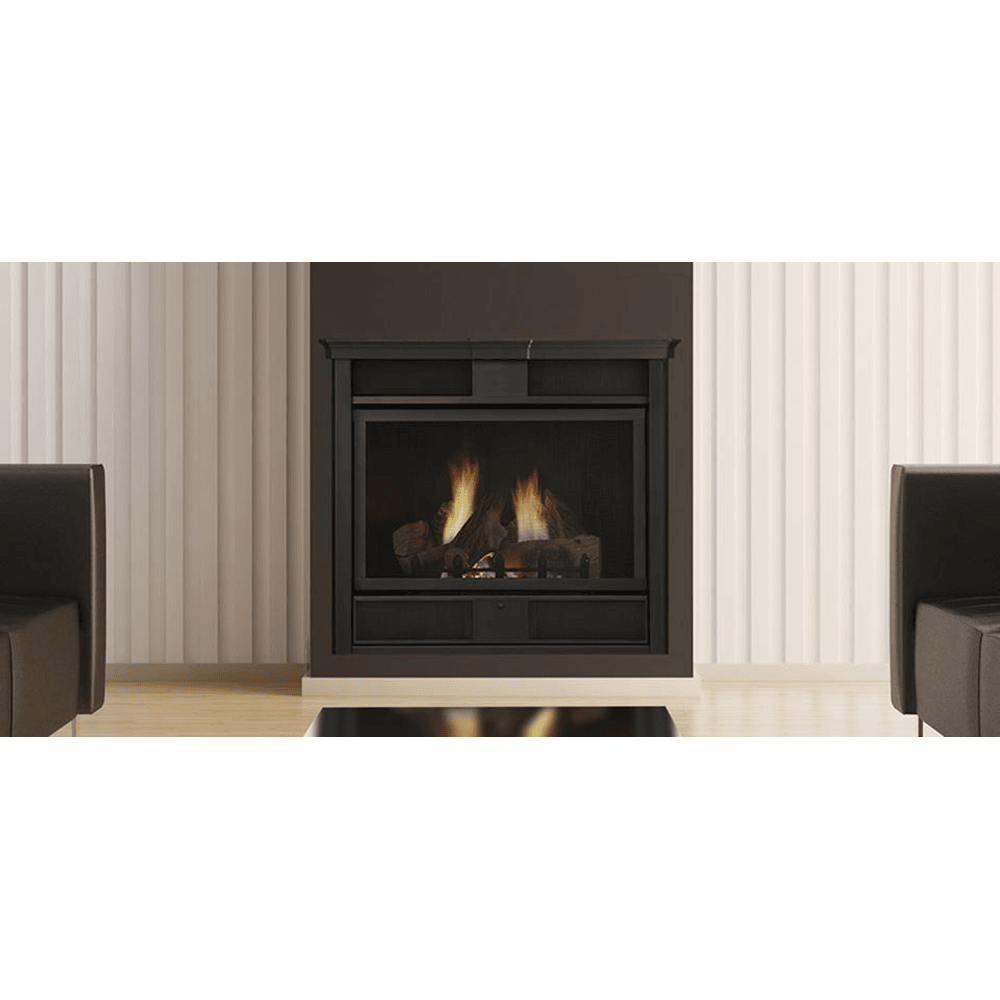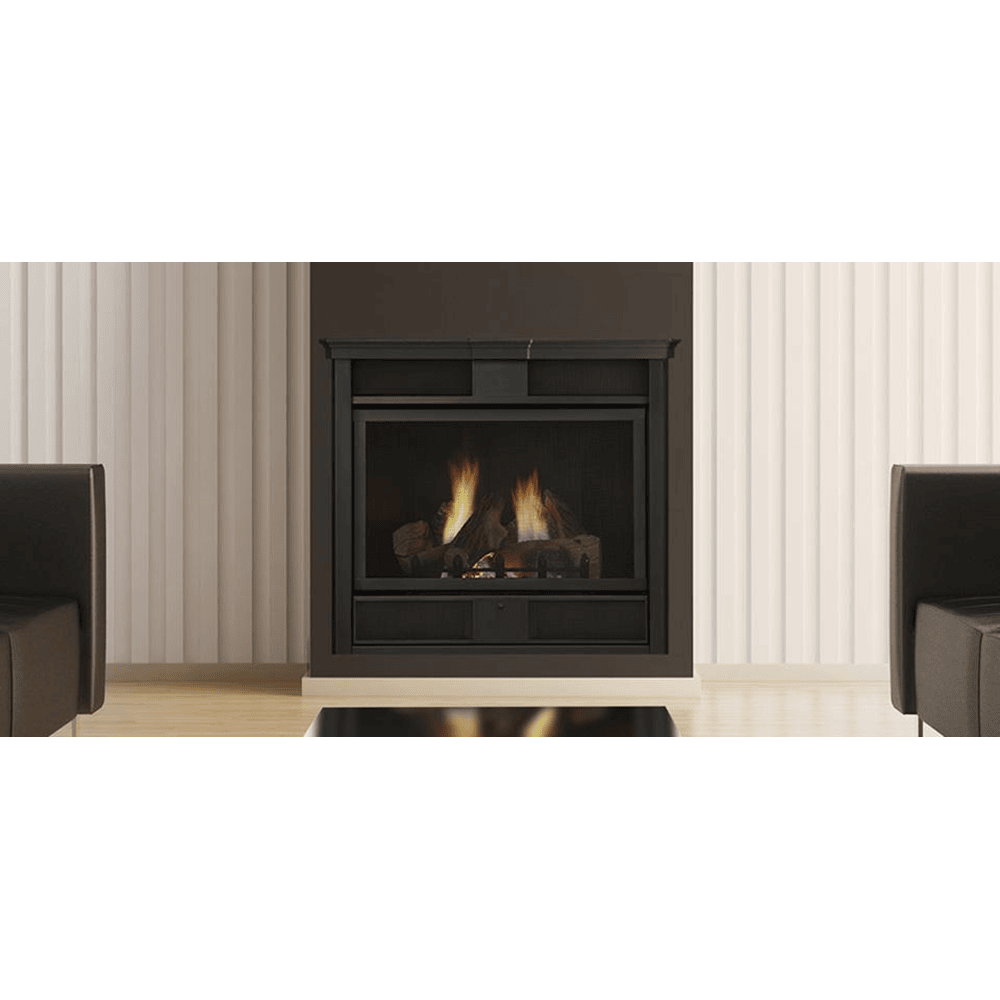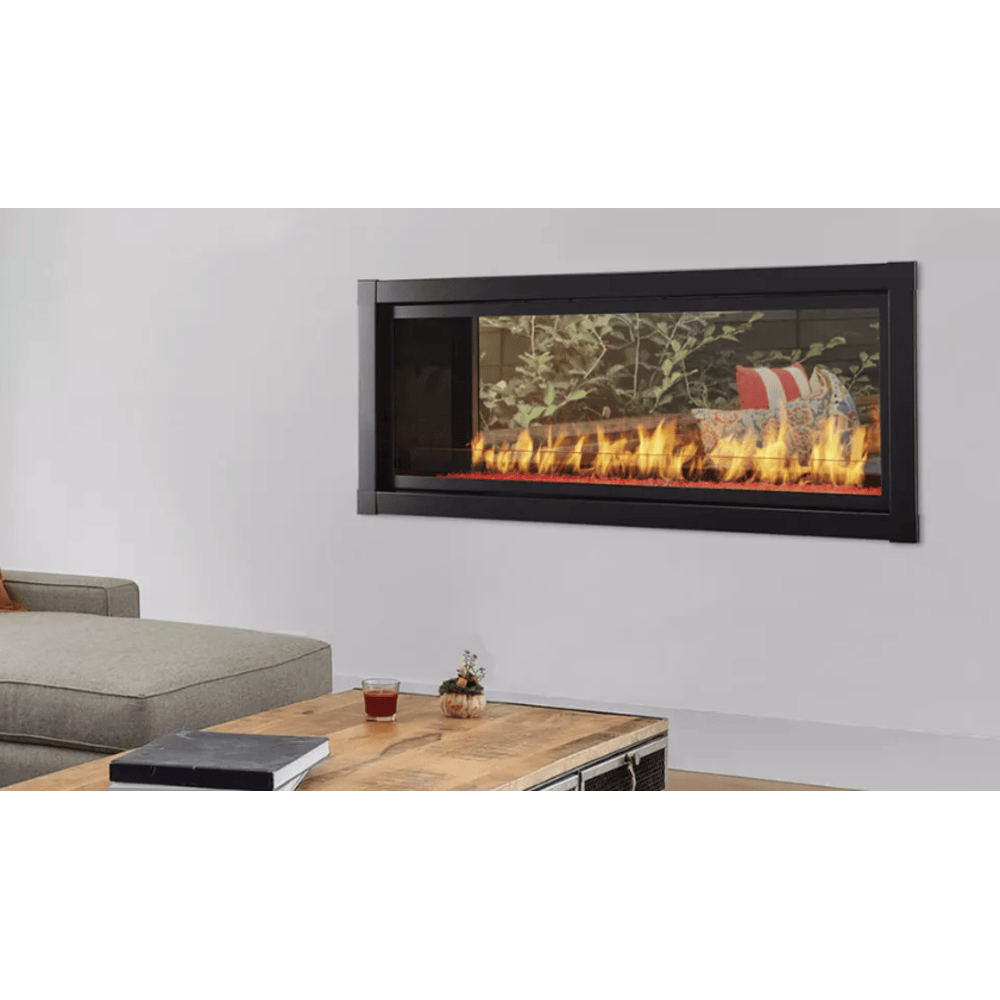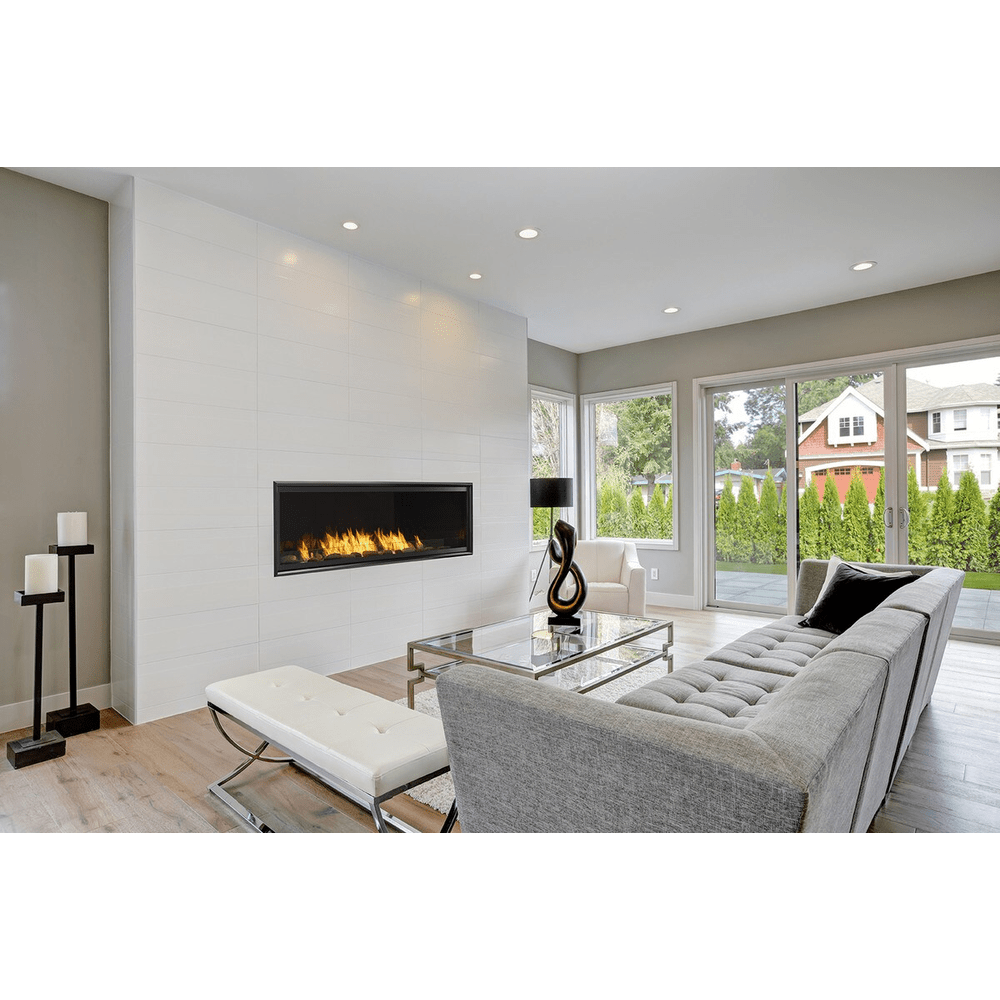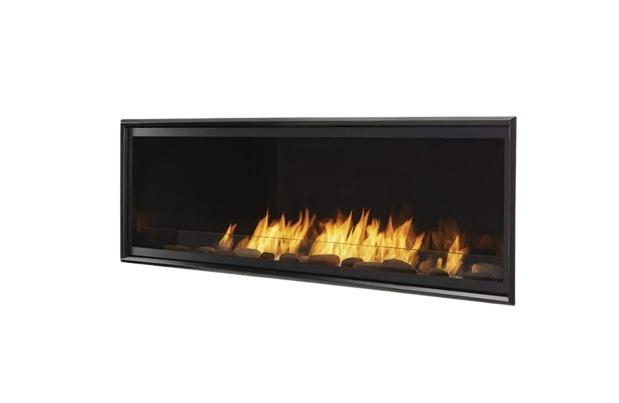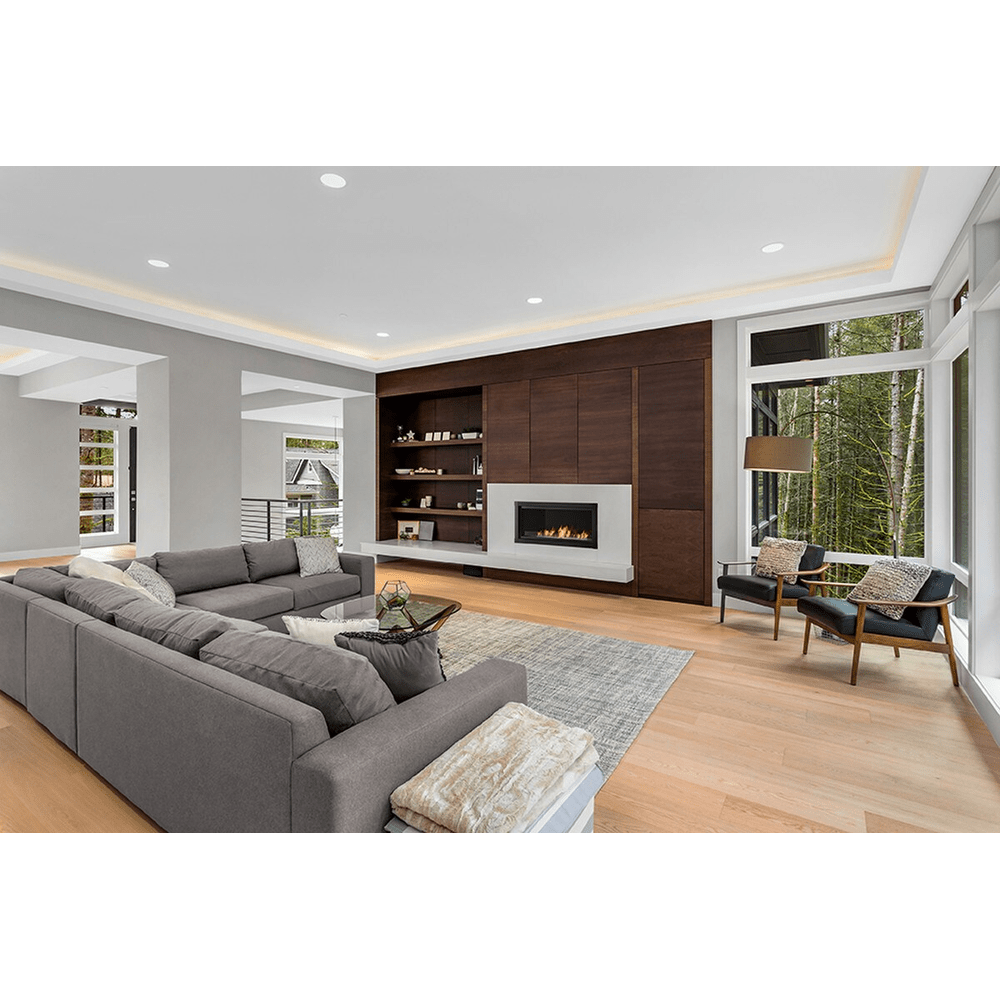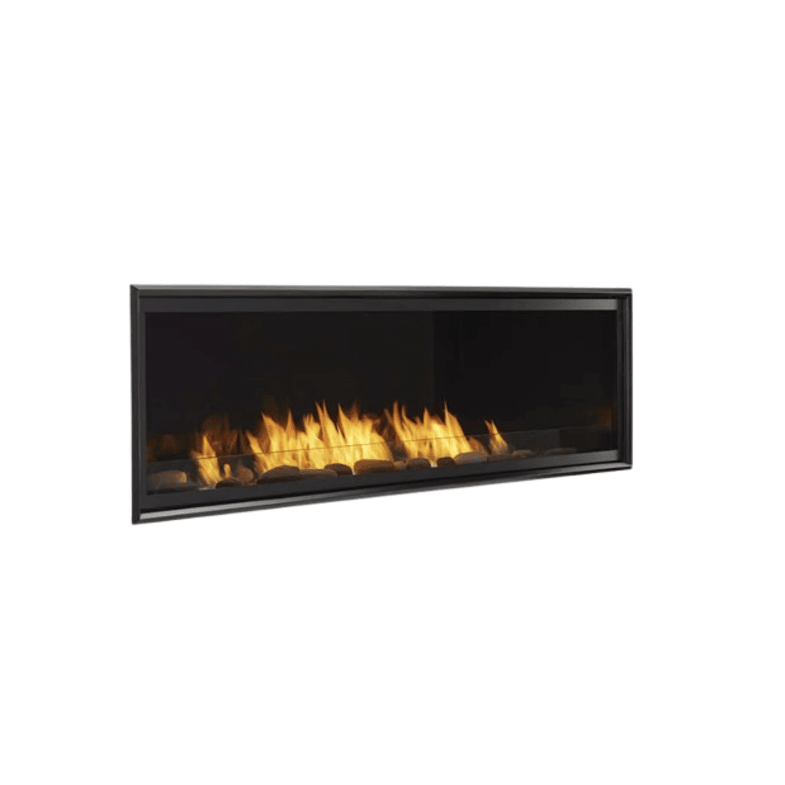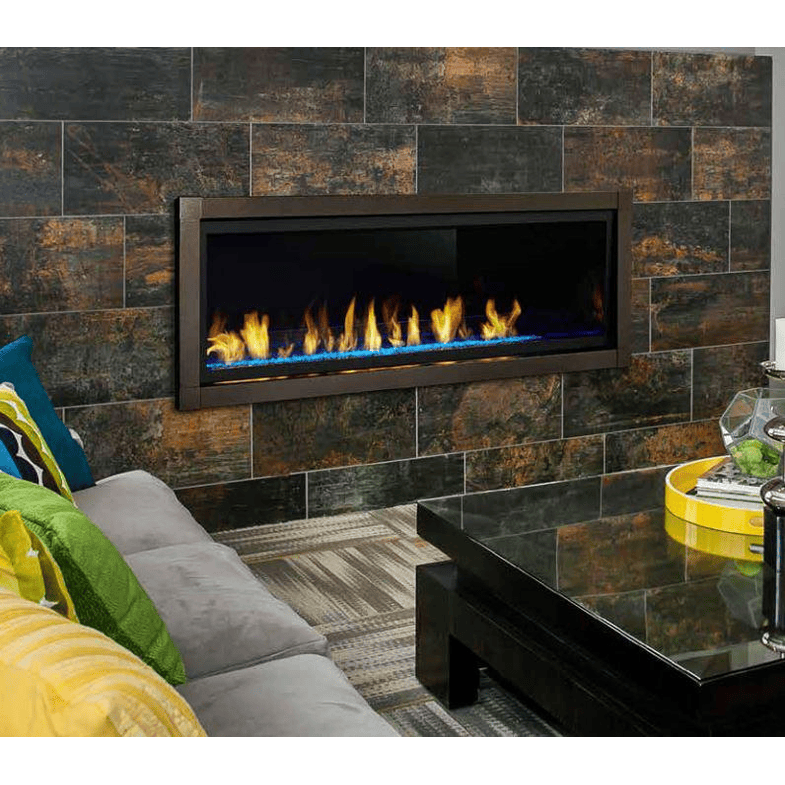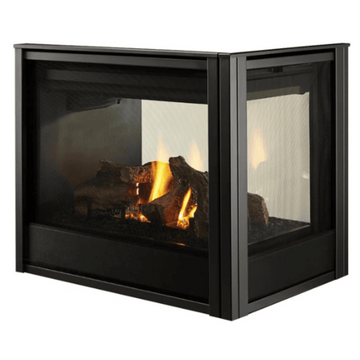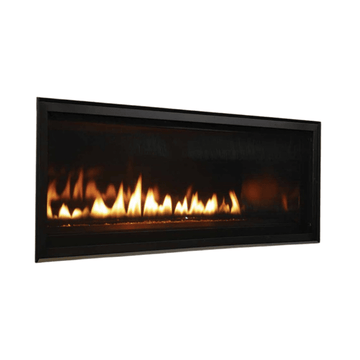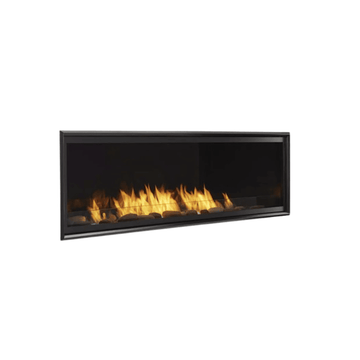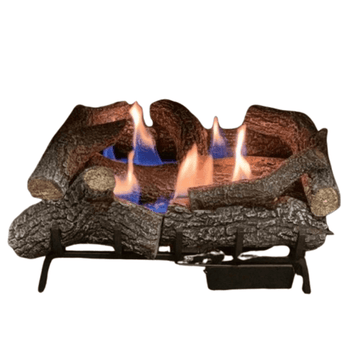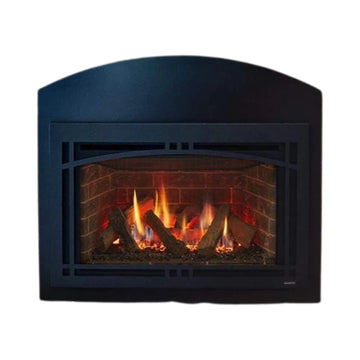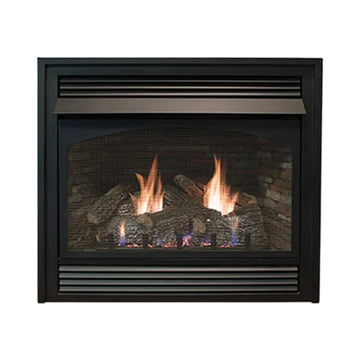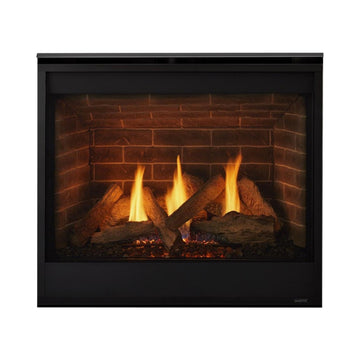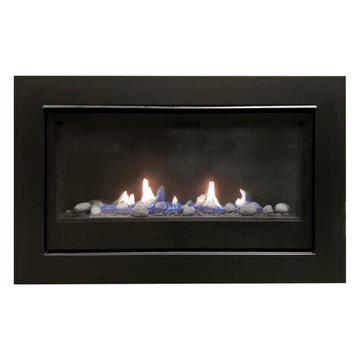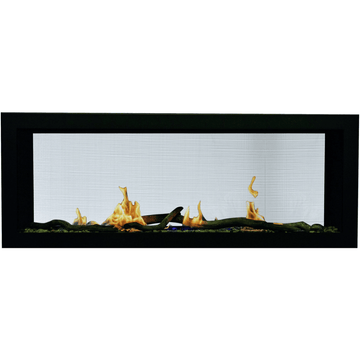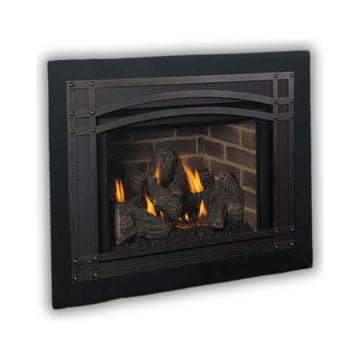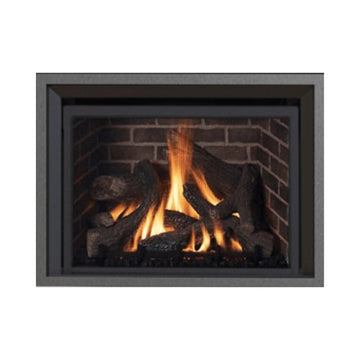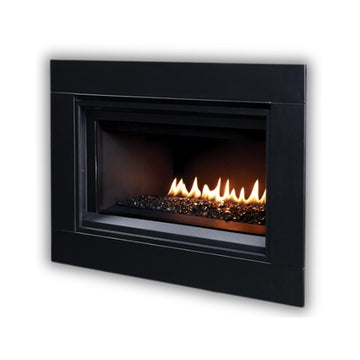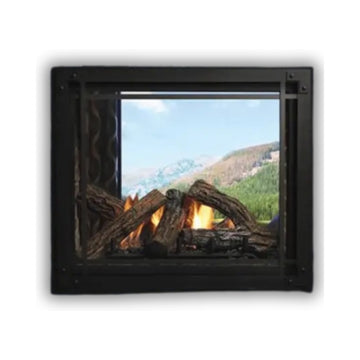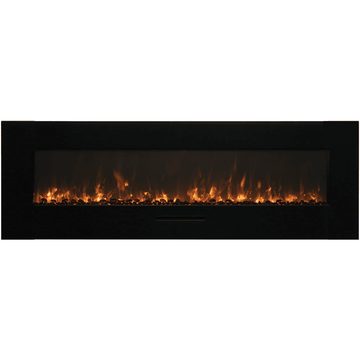Ventless Gas Fireplace
Find the ideal Ventless Gas Fireplace to transform your living space with efficient heating that requires no chimneys or vents.
Read more
Each Ventless Gas Fireplace delivers clean, smokeless warmth, making it perfect for any room in your home. With flexible installation options and consistent performance, it's a top choice for comfort and style. Discover your Ventless Gas Fireplace at Fireplace Distributor today.
Why Ventless Gas Fireplaces Are the Easiest Way to Add Real Heat
A ventless gas fireplace delivers real flame, real warmth, and total flexibility—without the need for a chimney, flue, or venting system. Perfect for homes without existing fireplaces, renovations, or off-grid setups, vent-free models offer clean-burning efficiency and instant ambiance in any room. Whether wall-mounted, recessed, freestanding, or installed in a custom enclosure, these systems give you all the benefits of gas heat with none of the installation headaches.
What Makes This Ventless Gas Fireplace Collection Unique
This collection features top-rated ventless gas fireplaces and inserts across a variety of sizes, fuel types (natural gas and propane), and styles—from traditional log sets to sleek modern units. Whether you're looking for a ventless propane fireplace, a vent-free gas fireplace insert, or a freestanding ventless gas fireplace for supplemental heat, these models are chosen for their safety, performance, and ability to fit nearly any living space. Many come with built-in blowers, remote controls, and custom mantel packages for a complete hearth experience.
Ventless Gas Fireplace Benefits Customers Actually Care About
Why a Ventless Gas Fireplace Insert Is the Smartest Upgrade
A ventless gas fireplace insert is perfect for converting old, unused fireplaces into powerful heat sources—no chimney, no vents, no major renovation required.
Fast, Flexible Installation Almost Anywhere
Install your ventless fireplace on an interior wall, in a corner, or even in rooms where vented systems aren’t possible—like basements, mobile homes, or small urban dwellings.
Clean-Burning Heat That Cuts Energy Costs
Ventless technology delivers up to 99% heat efficiency, using either natural gas or propane. These fireplaces give you reliable, zone-targeted warmth while using less fuel.
Shop Ventless Gas Fireplaces at Fireplace Distributor
Looking to add real heat and real flame—without a chimney? Our selection of ventless gas fireplaces and ventless gas fireplace inserts includes the best models on the market for homeowners, designers, and contractors. These fireplaces are in stock, code-compliant, and ready to ship. Shop now to find your perfect vent-free fireplace—before the cold season hits and inventory disappears.

